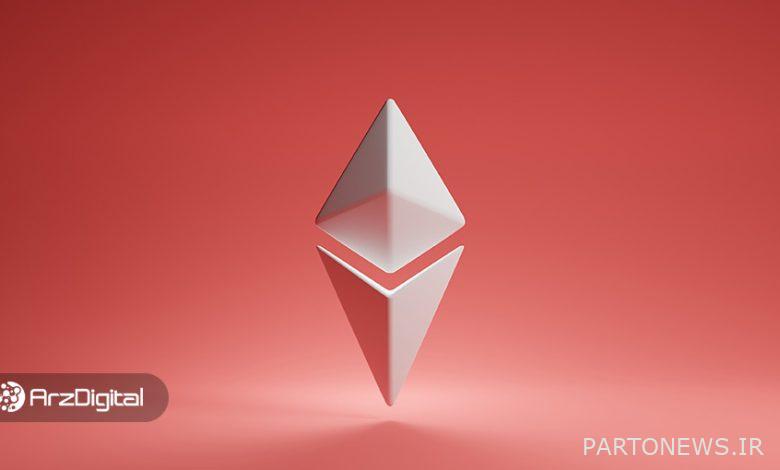5 Common Mistakes About Ethereum Merge Update

As the possible time of the Ethereum Merge update or merger approaches in September this year, a wave of excitement has swept the market. Although there are many predictions about the effects of the integration of Ethereum’s current proof-of-work network and the Beacon Chain’s proof-of-stake network, there are still misconceptions and rumors about the future of this update.
To Report Cointelegraph is the most important update in Ethereum history, ending the use of the proof-of-work algorithm for this blockchain and moving to proof-of-stake. In the rest of this article, we will examine 5 misconceptions about the update of the Ethereum platform that exist among users and are more common than other misconceptions.
Mistake #1: The cost of Ethereum fees will decrease after the merger
One of the biggest common misconceptions among investors is that the integration update will reduce Ethereum’s Gas (transaction fees). While reducing fees is at the top of every investor’s wish list, the merger is only going to change the consensus mechanism on the Ethereum blockchain from proof-of-work to proof-of-stake.
Reducing Ethereum gas costs requires work on increasing network capacity and power. Currently, the Ethereum developer community is working on a roadmap centered on Roll-Up technology to reduce the cost of network transactions.
Read more: Fast and cheap transactions; What are the solutions of the second layer of Ethereum?
Mistake #2: Ethereum transactions will be faster after the merger
It is safe to assume that Ethereum transactions will not become noticeably faster. Of course, China’s Beacon network allows validators to publish a new block every 12 seconds, compared to 13.3 seconds in the current proof-of-work network.
Ethereum developers believe that the transition to proof-of-stake will increase the block production speed of this network by 10%. Therefore, this speed increase is so slight that users will probably not notice it.
In addition to this, this network is supposed to use sharding technology in the future to improve its scalability; But the launch of sharding will be done after the update of Marj and probably in 2023.
Mistake #3: Merging will disrupt the Ethereum network
Against the rumors that envision positive results for the Ethereum merger, there is also a false belief that this planned update will momentarily disable the Ethereum blockchain. However, Ethereum developers do not expect any problems or interruptions during this update; Because it simply changes the way blocks are made using proof of work to using proof of stake.
Mistake #4: Investors can withdraw their Ether immediately after the update
All Ethereum staked in a token called Staked Ether (stETH), which is backed one-to-one against Ethereum, is currently locked in the Beacon chain. Although users like to withdraw their staked assets after the merge, the network’s developer community has confirmed that it will not be possible to do so immediately after the Marj update.
Withdrawal of staked stETH tokens will be possible after the big post-merger update, the Shanghai update. As a result, users’ assets will remain locked for at least 6 to 12 months after the merger.
Also read: How to participate in Ethereum 2.0 Proof of Stake?
Mistake #5: Validators can’t claim their rewards until Shanghai updates
While investors won’t be able to withdraw their stETH tokens until the Shanghai update, validators will be able to withdraw rewards related to fees and “Maximum Minable Value” or “MEV” earned from validating blocks on the Ethereum network immediately after Marj’s upgrade. . Since after the update of Marj, the reward of network validators is no longer in the form of newly issued and new tokens, it will be provided to them without delay.
Mihailo Bjelic, one of the founders of Polygon, spoke to Cointelegraph about his views on Ethereum’s potential. The zkEVM technology, he says, is a new scalability solution for Ethereum that allows the network to surpass Visa’s payment system in terms of transaction throughput.
Sandeep Nailwal, another co-founder of Paligan, echoes Bilic’s comments, predicting that these scaling solutions will reduce the cost of Ethereum fees by 90% and increase the network’s throughput to 40-50 transactions per second.

